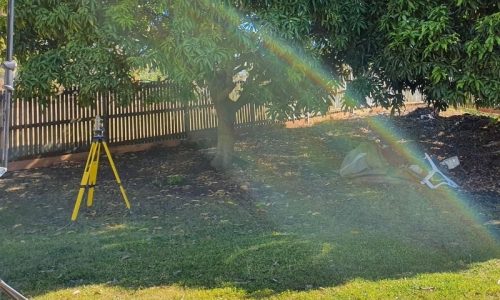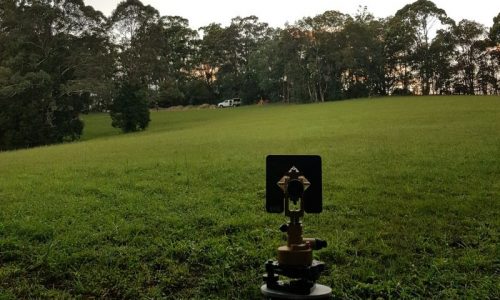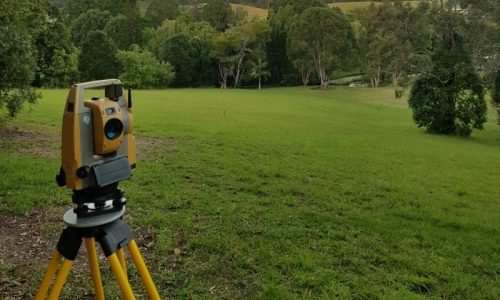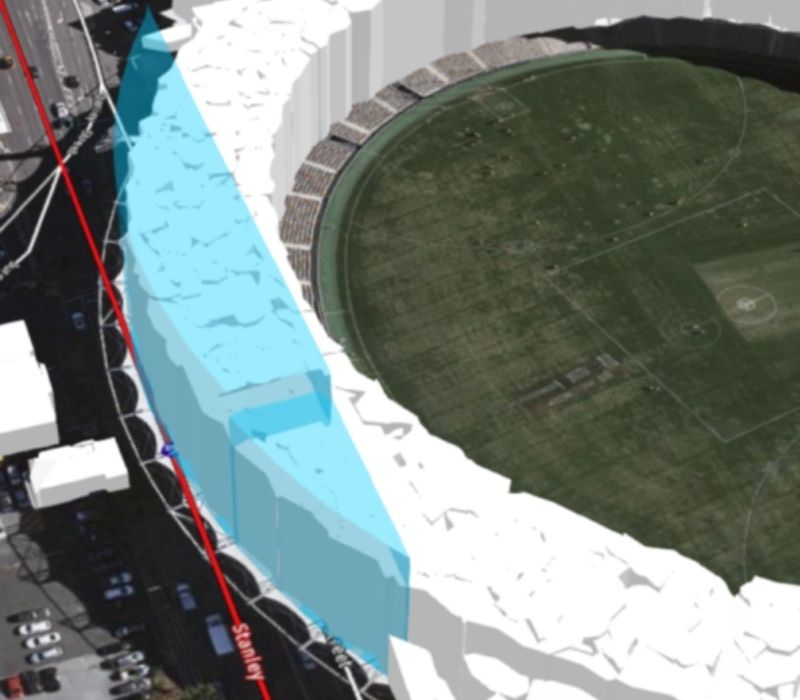Amalgamation Surveys
An amalgamation of parcels is where two or more lots are combined to create fewer lots, without splitting any of the existing lots. See Land Title Act 1994 s. 50(1)(h)(i).
Brisbane Office: 07 3520 0948
Gold Coast Office: 07 5646 4367
Types of Amalgamation Surveys
Freehold Amalgamation
There are two types of amalgamations that may be required.
These include amalgamations over freehold land and crown (or state) land. Freehold land in most instances can be completed by a compiled plan and does not require a site or field survey. That being said if a client specifically requires pegs in the ground to know where the boundaries are or if there could be potential boundary disputes, a field survey would be required.
As part of this survey, should any structures be located close to the boundaries, we would always recommend a field survey be completed. This ensures all structures are fully contained on the subject parcel. The consequences encroaching on or outside of the parcel could result in the removal of the encroachment, an encroachment easement or reconfiguration of boundaries.
Amalgamation of State Land
An amalgamation of state land may be required for a number of reasons and an important aspect is the final tenure.
If the final tenure type is freehold, then all boundaries need to be surveyed and marked. If however the parcel is to remain as state land tenure and the lessee does not wish to know the exact extents of their lease, the boundaries will not need to be marked or surveyed.


How the Amalgamation Survey Process Works
An assessment will be made once the plans have been obtained to determine if the boundaries need to be surveyed or not and if a site or field survey is required. State land actions require a letter of offer from State Land Asset Management (SLAM) which should be provided to the Cadastral Surveyor. Where an amalgamation is being completed, no local government approval is required.
Once we have completed the requirements of the project, a plan of the survey is provided to the client for signing prior to lodgement with titles. Following this process, the amalgamation of lots is completed.
In simple terms, an amalgamation survey is used as supporting information to reduce the number of lots (two or more) by combining to create fewer lots, without splitting any of the existing lots.








Why Choose Us?
With 20 years of trusted survey experience, our range of surveying services ushers in a new era of precision and efficiency for architects, designers, developers, and builders. We’re dedicated to pushing boundaries, maintaining consistent excellence, and constantly exploring new ways to add value in an ever-evolving industry.
- Quick Quote & Project Turnaround Times
- Industry Leaders and Innovators
- Time and Project Efficiency
- Decades of Experience
- Responsive at Any Project Stage
We would love to work with you.
Tell us about your project via the form below or get in touch over the phone to discuss how we can improve your project.

